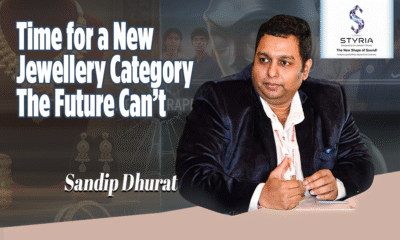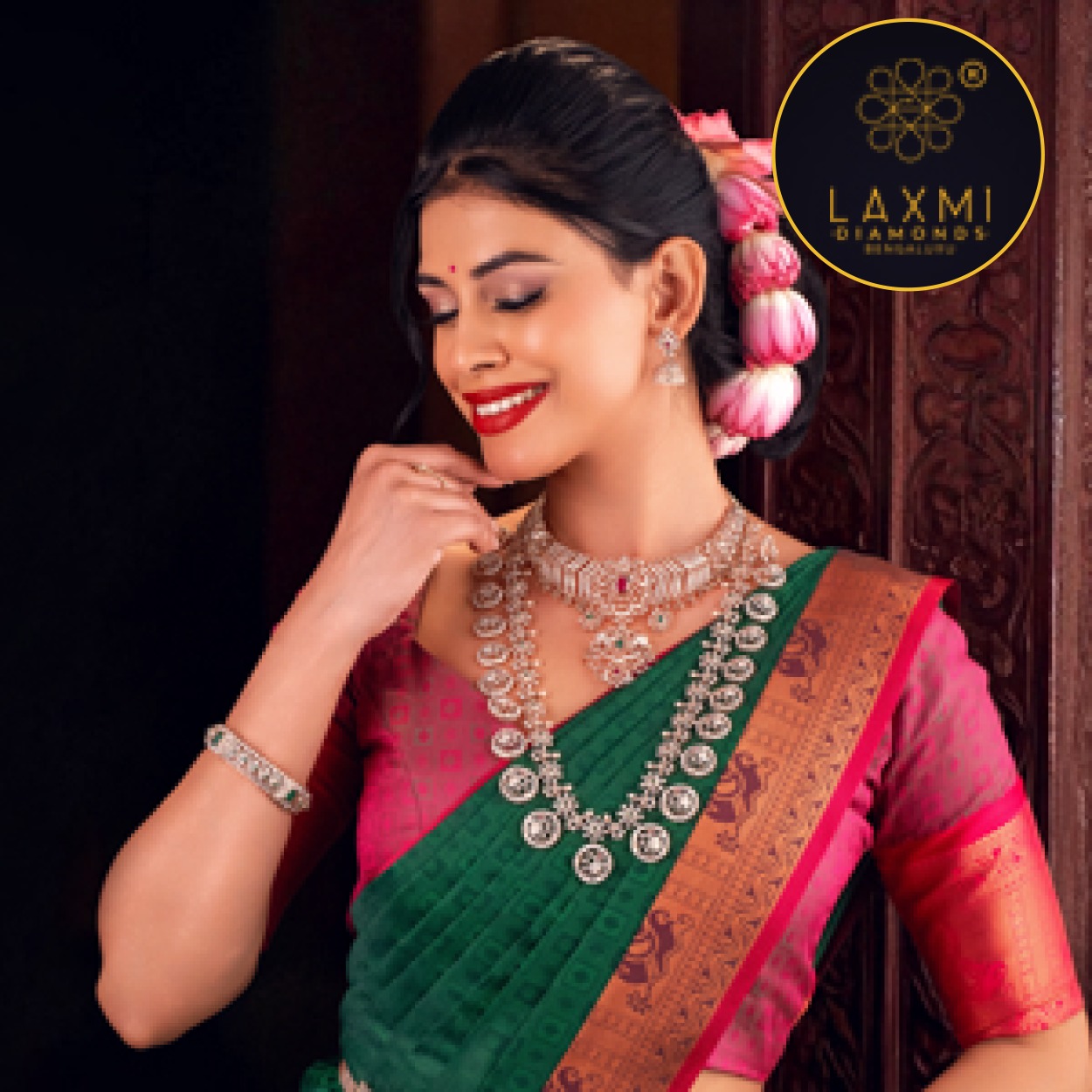JB Insights
Future of natural diamonds challenging; holds promise of transformation: BCG report

A new report by the Boston Consulting Group (BCG), commissioned by De Beers Group, unveils the critical factors that will shape the future of the natural diamond market.
In an era marked by rapid changes and emerging challenges, the natural diamond industry stands at a pivotal juncture. A recent report by the Boston Consulting Group (BCG), commissioned by De Beers Group, sheds light on the critical factors shaping the future of the natural diamond sector. With primary diamond supply projected to decline and demand dynamics evolving, the industry is poised for a significant transformation, it notes.

The cornerstone of the natural diamond industry’s future is the anticipated decline in primary supply. The report highlights that the primary production of natural diamonds is expected to decrease by approximately 1% CAGR over the next decade. This decline is driven by the diminishing yields from ageing mines, a scarcity of new discoveries, and constrained exploration budgets over the past ten years. While there is potential for some increase through brownfield expansions, the overall outlook suggests a tightening of supply.
Recycled diamonds, often seen as a secondary supply source, are not expected to significantly impact the market within the next ten years. They are projected to contribute less than 10% of the total supply of natural polished diamonds. This limited impact underscores the industry’s reliance on primary sources and the inherent stability provided by constrained supply.
On the demand side, the future of natural diamonds is influenced by global economic factors and changing consumer preferences. The report identifies three key dynamics that will shape demand: the continuing rise of brands, the adoption of lab-grown diamonds (LGDs), and the evolving desires of the growing middle class in Asia.
The report notes that the natural diamond industry has a unique opportunity to catalyse collaboration across the value chain. It calls for industry participants to unite in restoring the desire for natural diamonds, stimulating demand in new demographics, and creating new purchase occasions. This collective effort is seen as essential to maintaining the desirability and value of natural diamonds in a competitive market.
Effective marketing strategies and a clear strategic direction are pivotal for the industry’s future. The report emphasises the need for continuous efforts to build desirability among US consumers and to expand market presence in Asia. By leveraging historical marketing successes and adapting to contemporary consumer trends, the natural diamond industry can navigate the current challenges and secure a bright future.

As the natural diamond industry faces a critical moment, the insights from BCG’s report provide a roadmap for navigating the evolving landscape. With a focus on strategic collaboration, effective marketing, and adapting to shifting demand dynamics, the industry can harness the opportunities presented by constrained supply and changing consumer preferences.
The future of natural diamonds, while challenging, holds the promise of transformation and renewed growth, the BCG report notes.
JB Insights
Women Leaders Driving the Luxury Renaissance
How Female Leaders Are Redefining the Future of Luxury Watches & Jewellery. A powerful new era emerges as top global maisons embrace female leadership, reshaping strategy, creativity, and the future of billion-dollar luxury empires.
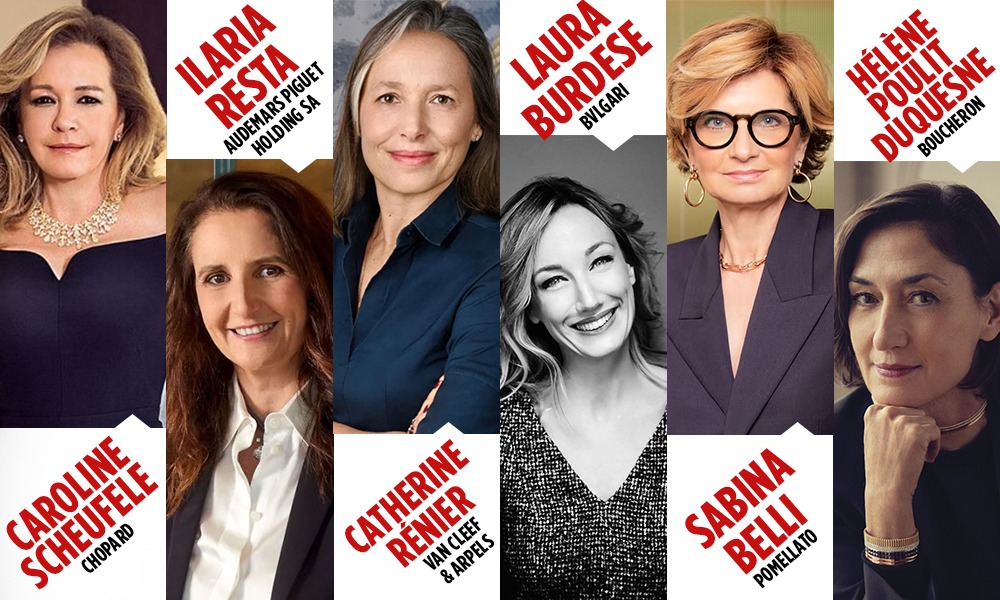
For decades, the world of fine jewellery and luxury watchmaking has dazzled with feminine allure—yet the boardrooms steering these global luxury giants remained largely dominated by men. While women have always been the heart of the industry as consumers, muses, and creative inspirations. Today, that narrative is being rewritten.
Across the globe, luxury watch and jewellery houses are witnessing a historic shift: women are increasingly taking centre stage as CEOs, artistic directors, and decision-makers, steering strategy and shaping the future of some of the world’s most iconic brands. This rise of female leadership is not just a symbolic change—it’s redefining the creative and commercial landscape of the luxury sector.
A Spotlight on Powerful Women Shaping the Industry
Here are some of the remarkable women redefining the luxury frontier:
Caroline Scheufele, Co-President & Artistic Director, Chopard



The creative force behind some of Chopard’s most iconic collections, Caroline Scheufele blends heritage with modernity, championing craftsmanship and sustainability.
Ilaria Resta, CEO, Audemars Piguet


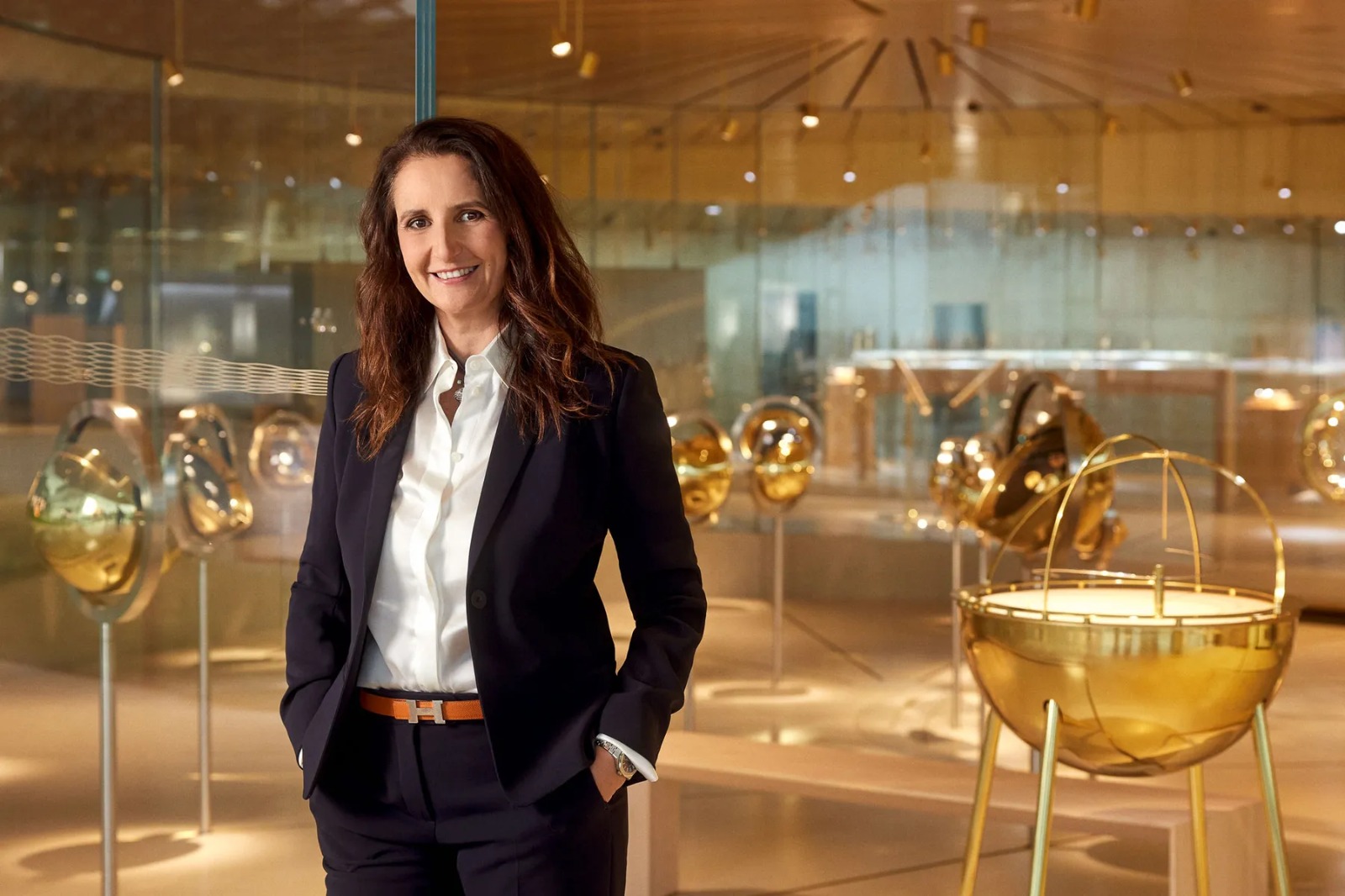
With her dynamic leadership and consumer-centric vision, Ilaria Resta is guiding the watchmaking powerhouse into a new era of relevance and cultural presence.
Catherine Rénier, CEO, Van Cleef & Arpels
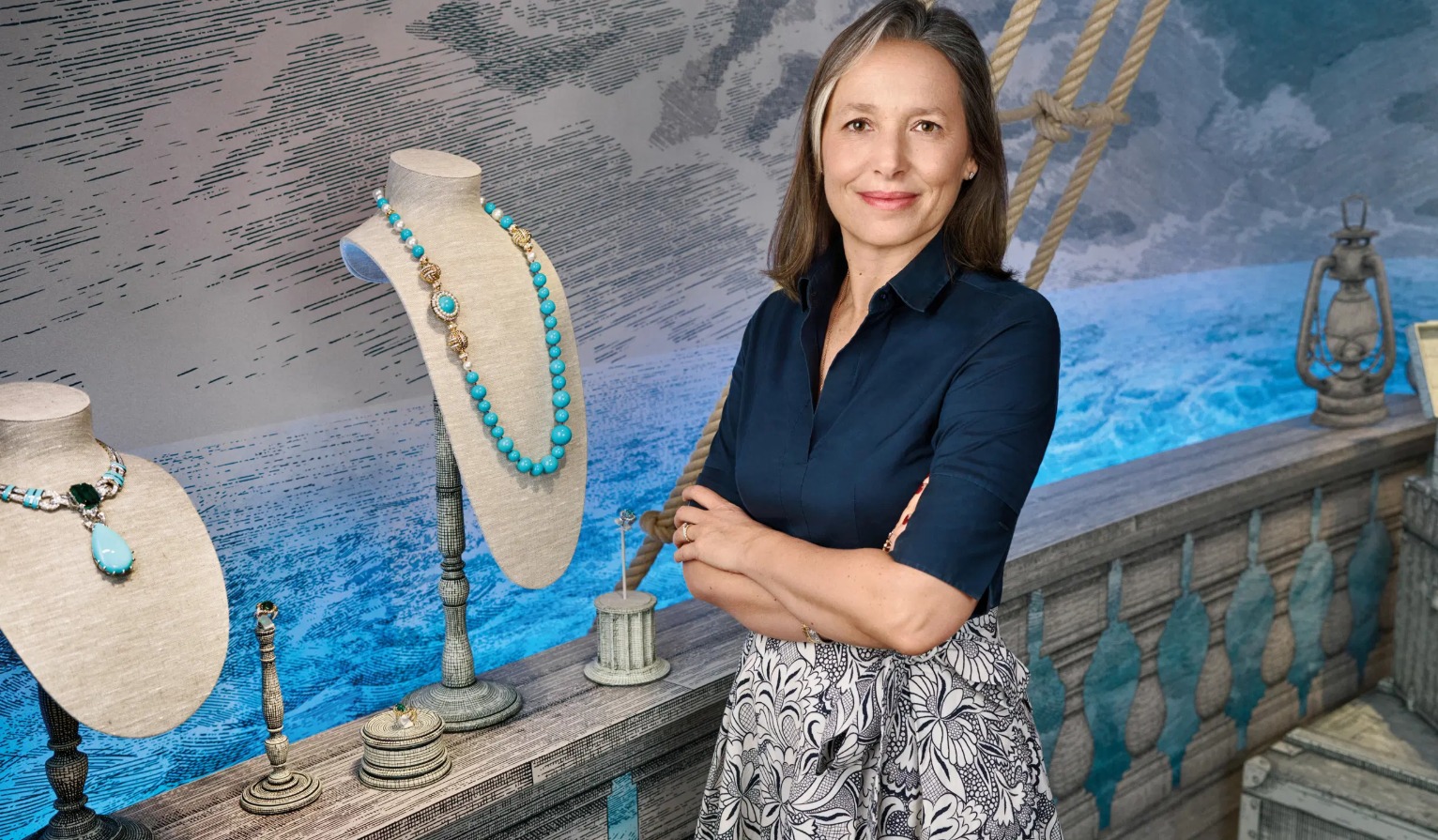
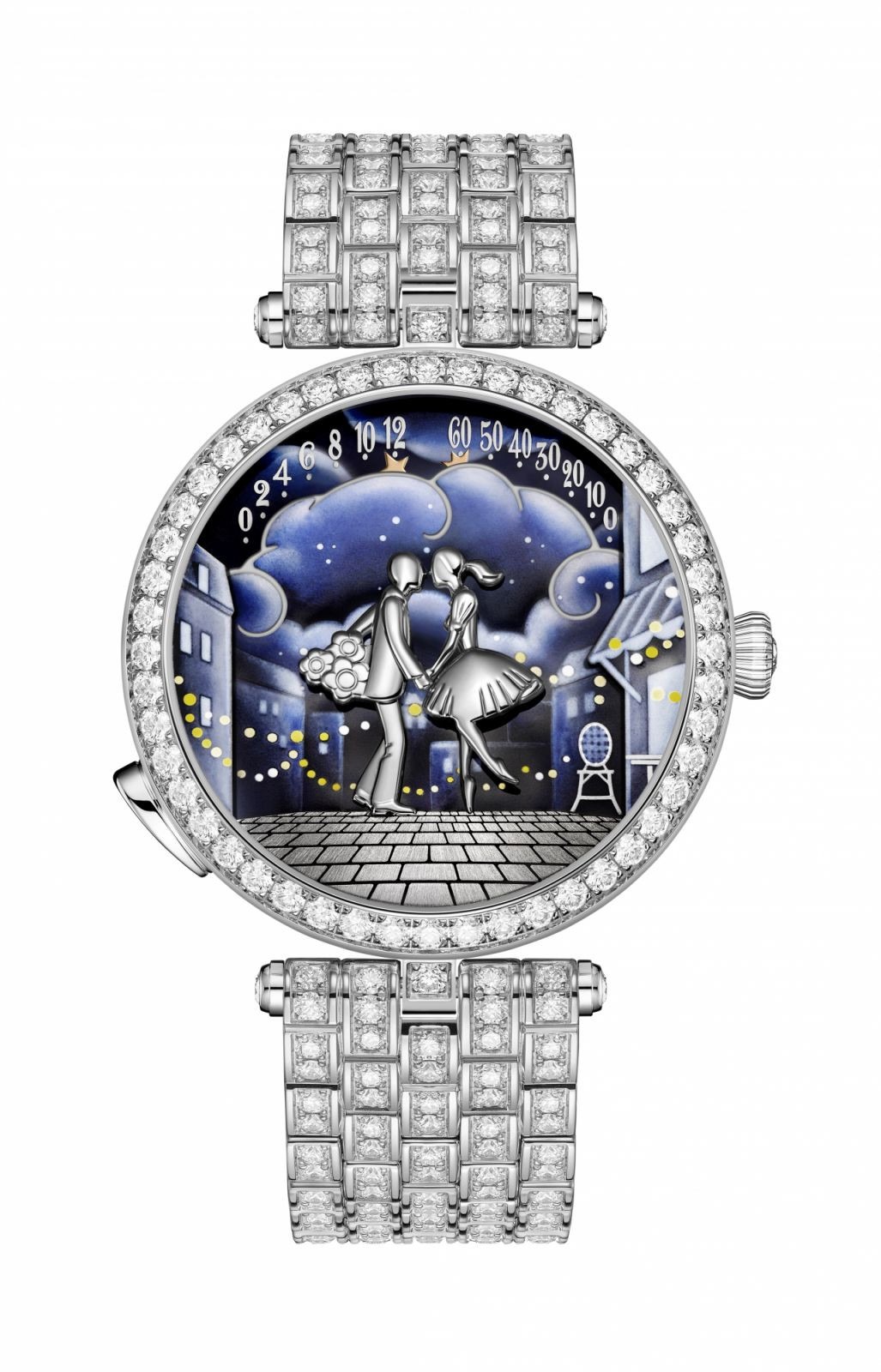

Known for her strategic elegance, Catherine Rénier is strengthening the maison’s identity through poetic storytelling and exceptional artistry.
Laura Burdese, Deputy CEO, Bvlgari


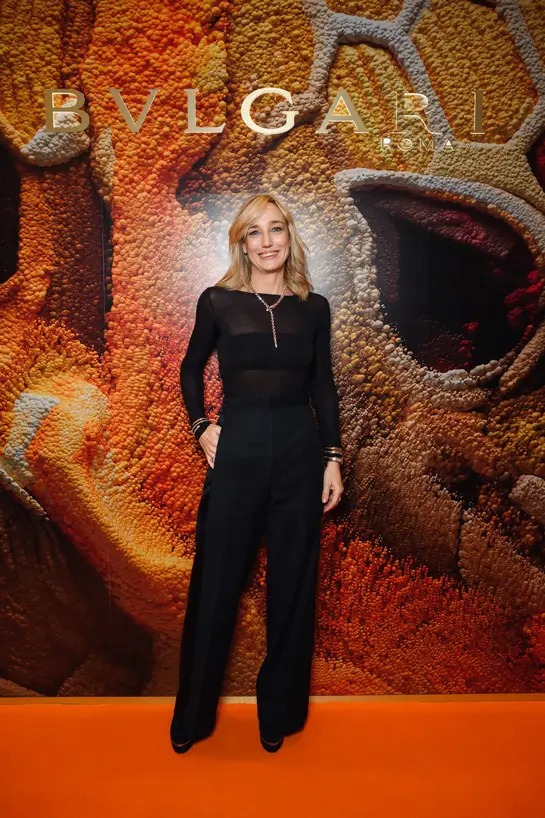
Laura Burdese plays a pivotal role in steering Bvlgari’s global expansion, bringing a strategic, bold approach to one of the most recognisable luxury brands.
Sabina Belli, CEO, Pomellato


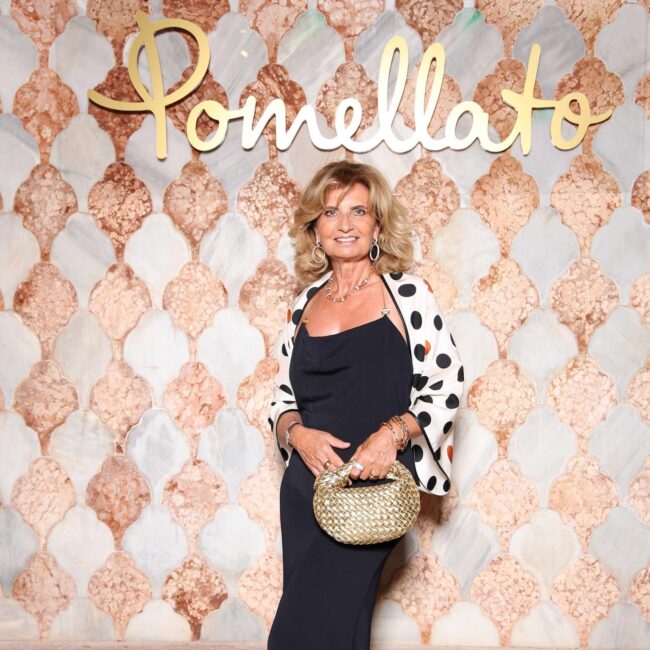
A champion of women empowerment, Sabina Belli is credited with elevating Pomellato’s identity as a modern, fashion-forward jewellery brand with deep Milanese roots.
Hélène Poulit-Duquesne, CEO, Boucheron

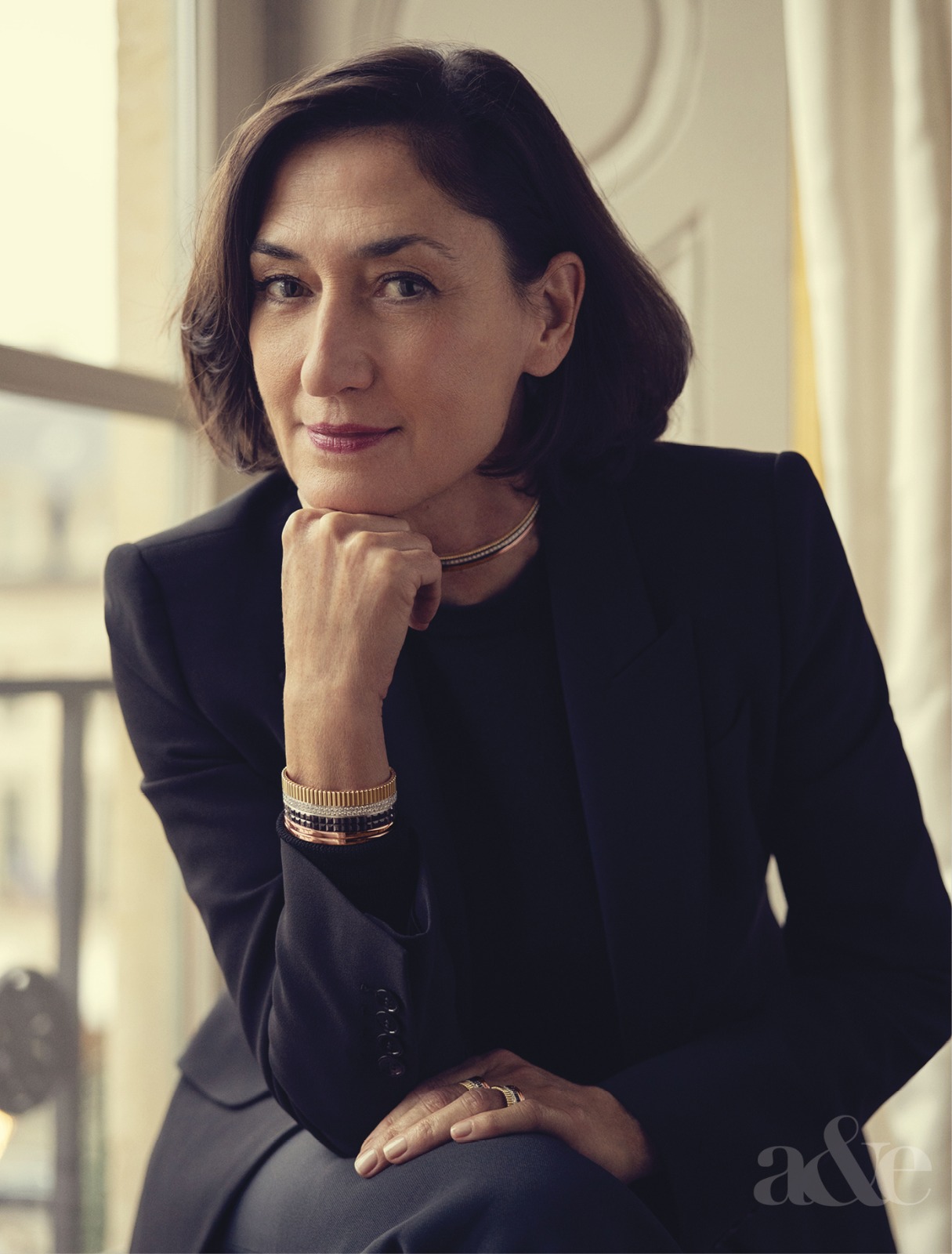

Her leadership has pushed Boucheron into an exciting contemporary phase, blending innovation with emotional storytelling and bold design.
A Shift That Goes Beyond Leadership
This rise of women in top leadership roles is influencing every facet of the luxury jewellery ecosystem:
- Design philosophies are evolving with deeper emotional narratives, inclusivity, and modern cultural relevance.
- Brand strategies increasingly reflect values like sustainability, authenticity, and empowerment.
- Consumer engagement is becoming more experiential, storytelling-driven, and globally attuned.
These executives are not simply filling leadership positions—they are reshaping the definition of luxury itself.
The New Blueprint for the Future
The ascent of female leaders marks a pivotal moment for an industry long shaped by tradition. Their vision is ushering in a new era where creativity meets strategic innovation, and where luxury houses embrace contemporary values without compromising on heritage.
The future of luxury watches and jewellery is being rewritten—and women are holding the pen.
As global maisons continue to embrace this transformation, one thing is certain: the industry is entering its most exciting chapter yet, driven by the creativity, clarity, and leadership of exceptional women at the helm.
-

 BrandBuzz5 hours ago
BrandBuzz5 hours agoMCA raises “small company” thresholds – up to ₹10 cr capital & ₹100 cr turnover from 1st December 2025, major relief for jewellery trade
-

 JB Insights6 hours ago
JB Insights6 hours agoWomen Leaders Driving the Luxury Renaissance
-

 National News10 hours ago
National News10 hours agoSHINESHILPI Announces the Launch of The Shine House, India’s Biggest B2B Jewellery Hub
-

 National News8 hours ago
National News8 hours agoTalla Jewellers Successfully Hosts Free Health Checkup Camp with Fortis Escorts Amritsar and Live For Others Foundation






